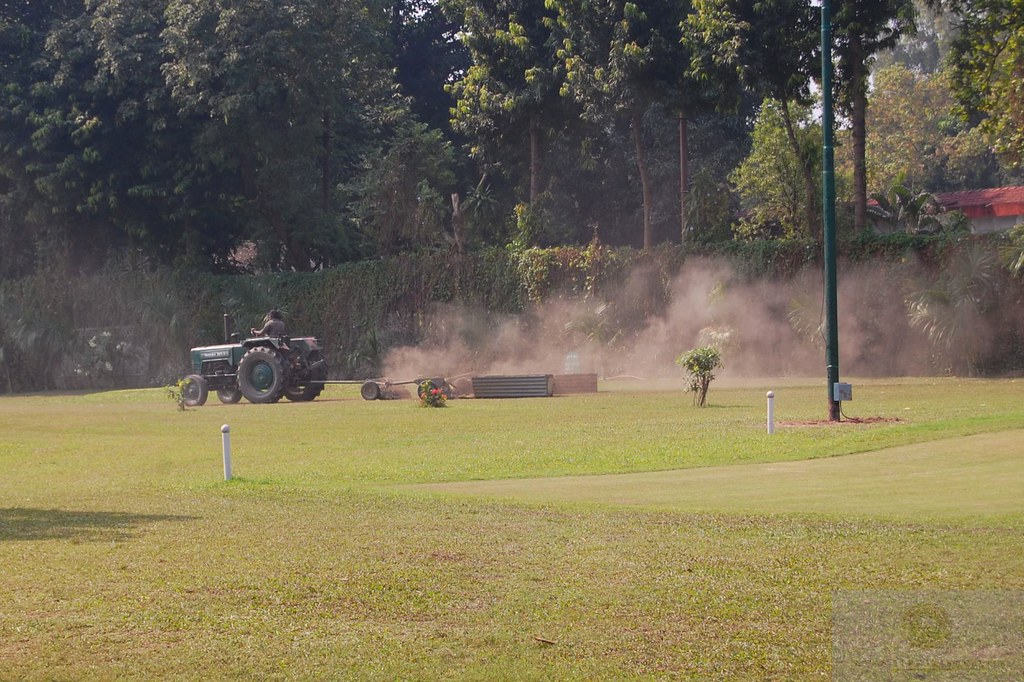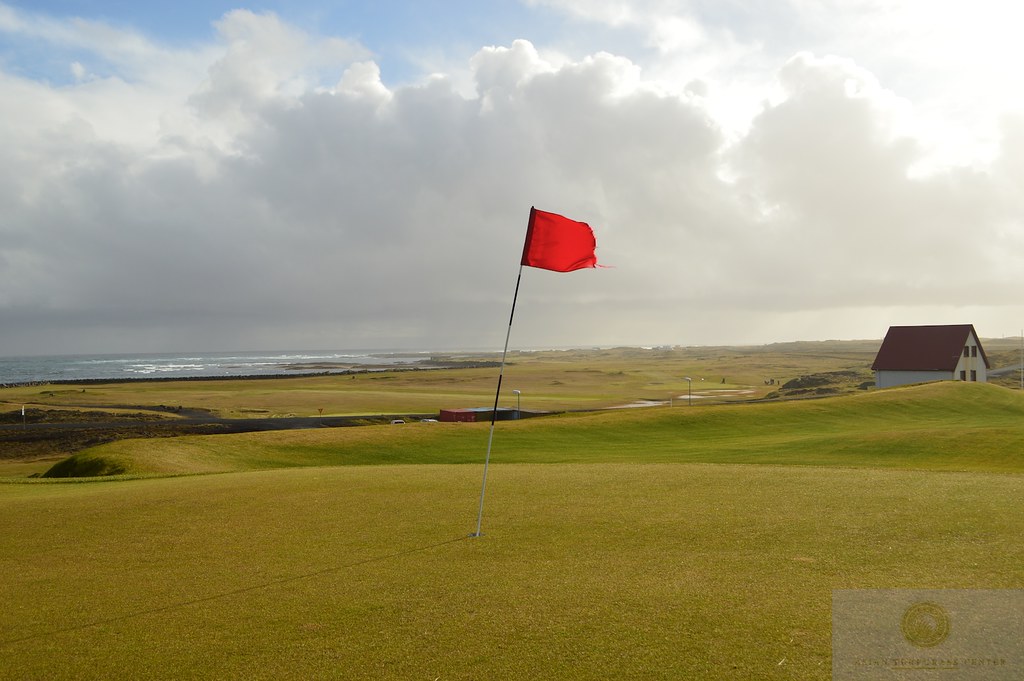I’m excited to be participating in the upcoming Northwest GCSA Turfgrass Expo 2017 on October 16 and 17. This is going to be a pretty big deal, and you can read about all the details on the website.
Here’s a preview of what I’ll be talking about. And it isn’t MLSN!
Turf Around the World
Some of this will be fun stuff, like I bet you haven’t seen this before! But it will be tied together with a cohesive message about the variety of turfgrass surfaces around the world, how they are managed, and the fundamentals of turfgrass growth and management that are applicable everywhere.

As I’ve studied turfgrass around the world, I’ve found it useful to make comparisions between locations so that a topdressing rate, mowing frequency, or fertilizer application rate from good-performing turf at one location can be tried as a starting point at another location on the other side of the world. This approach, and the adjustments that one makes, are the foundation for the Grammar of Greenkeeping.

Leaves of Grass
This talk is all about the quantity of grass clippings mown from golf course putting greens. It is common to record the clipping volume in Japan, and I’ve written about this a number of time on the blog:
- Measuring and tracking grass clippings
- More about the measurement of grass clippings
- Clipping volume, or clipping weight
- Tournament week clipping volume
- Clipping volume variation from green to green
This now starts to be more common in other places too.
Nice day for harvest. #MLSN pic.twitter.com/aKtgox5Unv
— Eric Johnson (@altshot2) July 7, 2017
I’ll explain in this presentation how the clippings are collected, what the point of the extra work is, and how the data collected can be put to use. And I’ll share some summary data about what is typical in terms of clipping volume and clipping volume variation.
